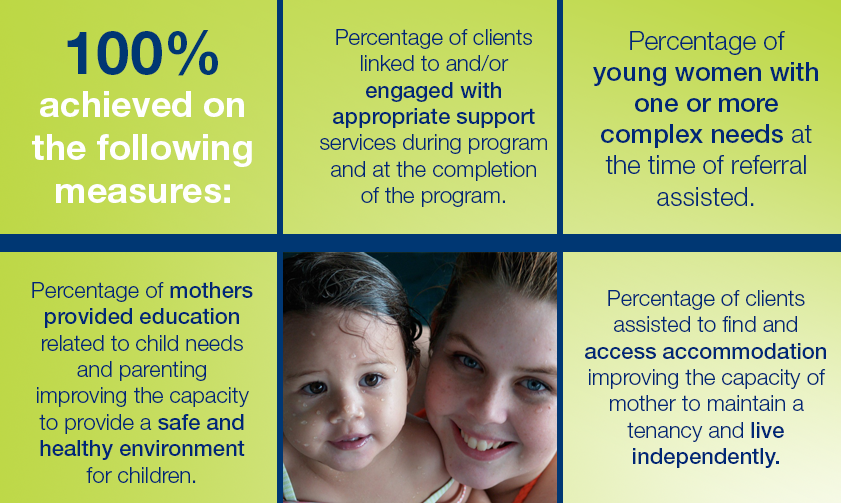Harassment is defined by the Australian Human Rights Commission as unlawfully treating a person less favourably on the basis of particular protected attributes such as a person’s sex, race, disability or age. However, harassment can be so deeply engrained into workplace culture that it has become normal.
Signs of normalised harassment
The three most common forms of sexual harassment are subtle, being: suggestive comments or jokes (55%); intrusive questions about one’s private life or physical appearance (50%); and inappropriate staring or leering (31%). These less obvious acts can be played down or attributed to simple misunderstandings.
Classic examples of this include statements such as: “I was only joking”, “what happened to your sense of humour”, “I was only asking” or “no one else seems to mind”, which all minimise a victim’s concerns.
In the same vein, approximately one in five (18%)[1] people have experienced behaviour which would constitute sexual harassment, based on the legal definition, but did not label or identify it as harassment.
“The important thing to focus on here isn’t the intention of the act, but its effects. The person who feels impacted by the behaviour should not be made to question whether their response is valid. These attitudes are dangerous and can reinforce the very behaviour which makes the victim feel unsafe and uncomfortable in the workplace,” Marcela Slepica, Clinical Services Director here at AccessEAP.
Courageous conversations
“Highlighting harassment can create anxiety and fears that our colleagues and our career will be detrimentally affected. This can also be compounded by our imagination, which can blow our concerns out of proportion There may be a power imbalance The first step is to trust your feelings and take a calm collected approach,” Marcela. This is not always easy so take time to think, plan and then respond.
- Be confident with your concerns
It can be easy to stop ourselves raising concerns by minimising their importance. For example, we may tell ourselves we are ‘just being silly’, we are ‘being too sensitive’ or ‘it’s not such a big deal’. These thoughts are counterproductive because the fear keeps you from being courageous. If the issue is impacting you or someone else negatively or if there are consequences to not raising the issue, then it’s important. Be clear about the reasons why you are initiating the conversation.
- Focus on the behaviour
Let the person know that it is their behaviour that is upsetting or concerning you. Be careful not to label the person as this can result in them becoming defensive. Counter their defensiveness by distinguishing the problem from the person, and invite their input in how to address the issue. For example instead of saying ”you’re harassing me or you are a bully”, lead with an example such as ‘when you say X I feel uncomfortable, or I feel bullied.”’.
- Be clear and specific
Anxiety about how someone might react can lead to messages being ‘watered-down’. We may give a lot of positive feedback in amongst the negative, or we might talk generally to a group about behaviour that bothers us without speaking directly to the person involved. The risk is that your message will not be heard by them. Say what you sincerely believe needs to be said, even if you know the person you are speaking to may not enjoy hearing it and be sure to phrase it in a way that is respectful towards that person.
- Listen
This can sometimes be the hard part because people can be defensive or angry after hearing your concerns and feedback. They may deny that there’s an issue and even convince you it’s ‘all in your head’. Before you launch into your opinion of the situation, listen first, don’t interrupt, explain, justify or defend. There are always two sides to a story and there will be time to respond later.
- Respond calmly
Depending on how the person has reacted to your concerns remaining calm can be tricky, however focus on clarifying the factual accuracies of what the person has said. Their feelings are subjective and you can’t change these. The person may be angry with you for some time. Confidently re-state your concerns, but remember if you start getting upset, call time out. You have to manage your own emotions first before you can respond well to others. You may need some time to think about what each other has said before you come to a resolution or compromise.
Advice for workplaces
Workplaces can also help by taking a unified approach to preventing and addressing instances of harassment in the workplace. Training entire teams to be vigilant for cases of harassment and educating them on how to deal with them will help change behaviours. In just over half (51%) of cases of sexual harassment, for example, the witness or ‘bystander’ reported having taken action to prevent and reduce the harm of workplace sexual harassment. Additionally, in 45% of cases the reporting of the incident resulted in the harassment stopping.
When dealing with a case of harassment it’s important to focus on the impact of behaviours, act quickly, clarify exactly what happened, create a safe environment and develop a strong action plan and preventative measures.
[1] The national 2012 Working Without Fear survey conducted by the Australian Human Rights Commission (AHRC)






